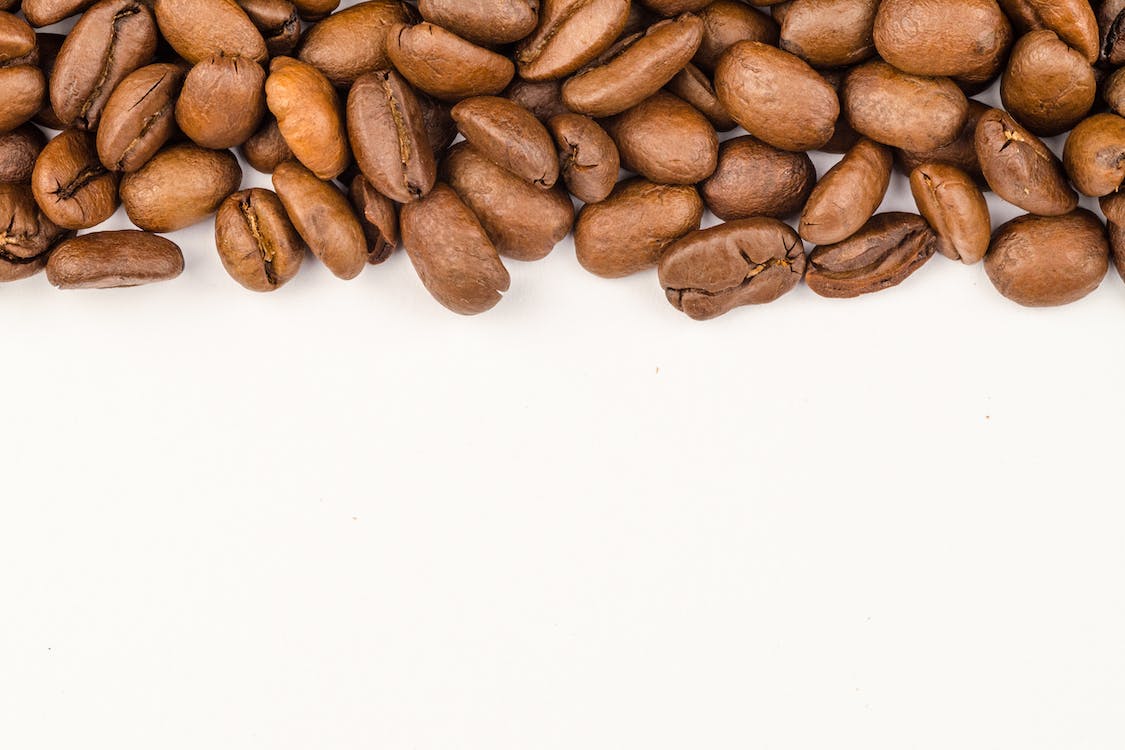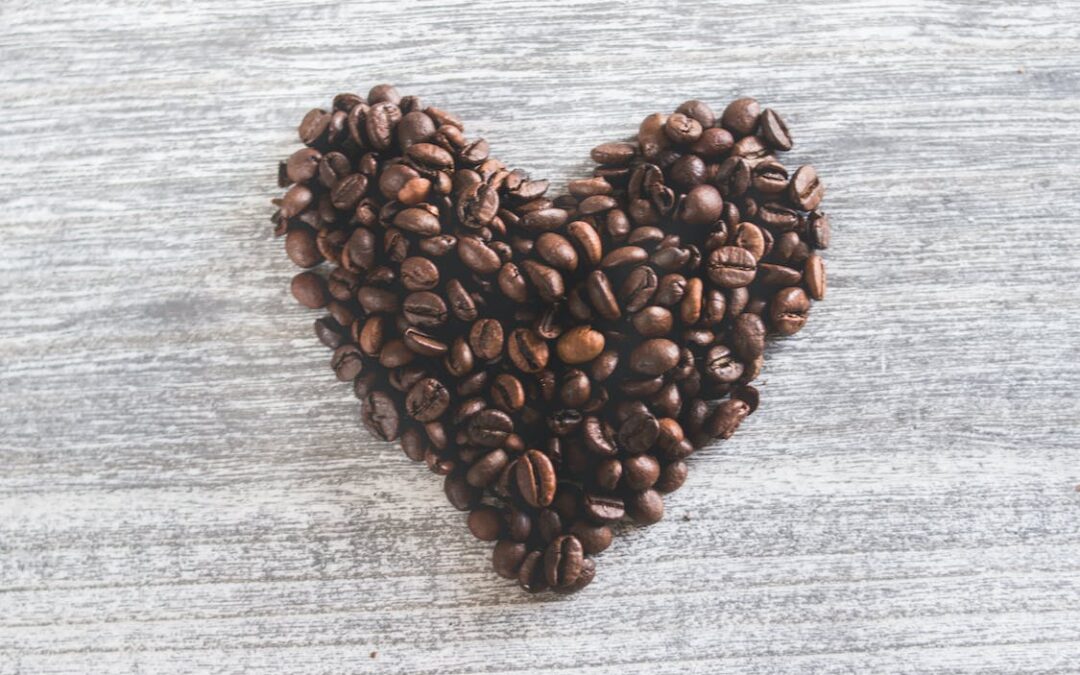Coffee is the world’s most popular hot drink. It is important to understand the different types of beans and the process of roasting them to get the best flavour.
Coffee beans are hygroscopic and absorb all moisture around them. This affects their taste, aroma and appearance. It is also affected by terroir, which is similar to the wine-making concept.
Arabica
You’ve probably seen “100% Arabica” on coffee packages and have most likely brewed coffee with arabica beans. It’s the most popular and commonly used type of coffee beans, accounting for about 60% of the world’s coffee supply. Unlike the other main commercial species, Robusta (Coffea canephora), Arabica beans have a much more delicate taste. This variety of beans requires higher altitudes to develop the ideal flavor and acidity, as well as specific environmental conditions like evenly distributed rainfall and specific temperature ranges.
The first arabica beans were grown in Ethiopia, where they still grow today. These beans produce ellipsoidal fruits that contain two flat seeds, also known as coffee beans. They require much more care than other species of coffee, and tend to be less productive. Despite these challenges, arabica beans are generally considered superior in flavor to other varieties of coffee.
Arabica beans are found all over the world, and are cultivated in high-altitude areas, often near the equator. These regions are called the coffee belt, a 5150 km long stretch of land around the globe that spans five continents. This region offers the perfect environment for the growth of arabica beans due to the high altitude, rich volcanic soil, and warm temperatures.
There are many different arabica bean varieties, but some of the most commonly grown are Bourbon, Pacarmara, Maragogype, SL-28, Typica and Heirloom. These are all cross-breeds of the original Bourbon strain, which is thought to be the first coffee plant ever discovered. There are also many indigenous arabica species, such as the Ethiopian landrace varieties.
Similar to the way that apple varieties like Granny Smith, Red Delicious and Gala all have their own unique characteristics, arabica beans have a huge variety of flavor profiles. Some have a smooth, sweet flavor with hints of chocolate and sugar, while others have fruity flavors or citrus notes. These differences are a result of the way that climate, soil and altitude affect the growing conditions of each individual plant, a phenomenon known as terroir. This is what makes each cup of coffee so unique.
Robusta
Coffee beans are actually the pits of a fruit called a drupe. A drupe is a type of fruit that looks a little like a peach, plum, or cherry. When the drupe is roasted and ground, it releases the bean, which is then called a coffee bean. The two main types of coffee beans are Arabica and Robusta. While Arabica coffee has a reputation for being more sophisticated with many different nuances and flavors, Robusta is known for its boldness and high caffeine content. Robusta coffee is used in instant coffees, and it also makes up a large percentage of the world’s espresso blends.
Robusta is a variety of the Coffea Canephora plant and is one of the primary species cultivated around the world. It accounts for about 45% of the world’s coffee production and is known for its hardiness and resistance to pests. The beans have a more intense flavor than Arabica and are generally more bitter, though they can offer a wide range of tastes depending on the growing conditions and processing methods.
The flavor of a cup of coffee is determined by the type of bean, the roasting method, and the type of soil and climate where the plant grows. For example, Kona beans are grown exclusively on a district of the Big Island in Hawaii and are known for their unique flavor that doesn’t translate to other parts of the country. The same is true for the various varieties of Arabica beans that can vary in flavor, despite being grown under the same conditions.
While the distinction between Arabica and Robusta is important for some, most coffee drinkers simply focus on the flavor and characteristics of each individual cup. Whether you prefer a sweet, fruity, or earthy taste, there’s sure to be a coffee that’s right for you. So enjoy the journey of discovering your perfect cup of joe!
Blends

Choosing the right coffee can be a tricky affair. There are a lot of different factors to consider, including how much milk you want, whether you’re after a shorter or longer drink and what your ideal roast level is.
When you’re just starting out, it may be best to try out different types of coffee blends to get a feel for what you like. Once you’ve figured out what you do and don’t like, it’s time to narrow down your options. Try to look at the wholesale rates of coffee beans to determine what is more beneficial for your business.
Blends are made by combining two or more different high-quality coffee beans that come from different origins. This means that they can have a wide range of flavour profiles, from nutty to chocolaty to fruity. It also means that they can have varying levels of acidity and body. The best coffee blends will create a balanced, full-bodied cup that has a smooth finish and a rich flavour.
As a beginner, trying out different coffee blends can be a great way to understand the difference between single-origin and commercial coffee. Many people stick to milk-based drinks because they think that they don’t like espresso, but the fact is that once you start to experiment with different blends and roasts, you may be surprised at how good an espresso can actually taste.
The quality of the beans and how they’re roasted can have a huge impact on the overall flavour of your drink. For example, light roasts tend to be lower in acidity and have a more mild taste. Medium roasts, on the other hand, can be higher in acidity and have a stronger, bolder flavour. The type of roasting can also change the flavor and aroma of the coffee, so it’s important to experiment and find your perfect blend.
The blending of coffees isn’t something new; in fact, it was used as a means of masking stale or low-quality beans in the past. Today, however, coffee roasters source some of the finest beans in the world and combine them thoughtfully to produce a cup that’s hard to beat.
Origins
If you are new to the world of coffee beans, you may be confused about terms like “single origin” and “blends.” The truth is, there are many different types of coffees, and it all depends on where the beans come from, how they’re roasted and even how they’re used. Understanding these differences will help you decode the coffee packaging on your next trip to the grocery store and choose the best beans for your taste preferences.
The most common type of coffee bean is called Arabica. This is an excellent all-around type of coffee that can be roasted to be either light, medium or dark. It has a balanced sweetness, complexity and acidity that is pleasing to most palates. It also has a variety of flavors that can range from sweet to tart, from citrusy to chocolatey, and many more. It is a great choice for everyday sipping and it’s available in both whole bean and ground form.
To create a blend, various coffee beans from different countries are mixed together to give it a certain flavor profile. The conditions of a region, its soil, amount of rain and sunshine all contribute to the flavour of the beans. Usually, the majority of beans in a blend are from the larger producing countries like Brazil or Mexico. Then smaller amounts from places with less overbearing flavours are added to create a well-rounded mixture. For example, if you see a blend that’s heavy on body and sweetness you can expect the majority of its beans to be from Brazil.
Single origin coffee beans are sourced from a particular area and typically have limited availability. They’re often more expensive than blends, however they offer a more unique and nuanced flavor profile. They can also be more traceable, which is important to some consumers.
The idea behind single origin coffee is that each harvest of the beans is a bit of a time capsule. It’s a way for a company to highlight its commitment to sustainability and fair-trade practices by only offering one particular harvest of beans each year. Then when the beans are gone, they’re gone.

